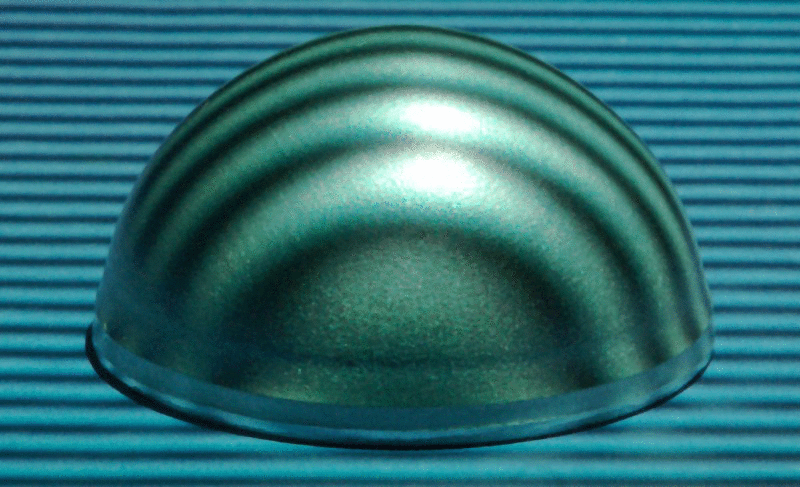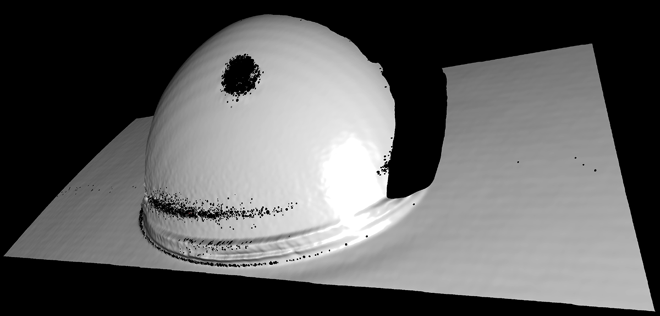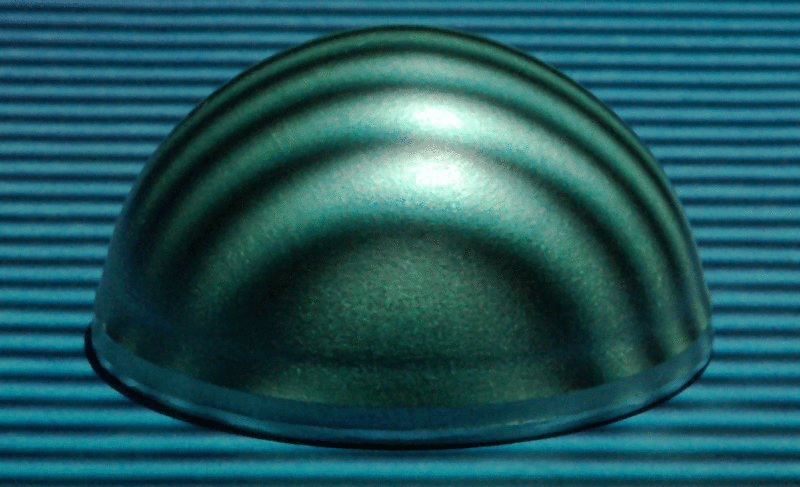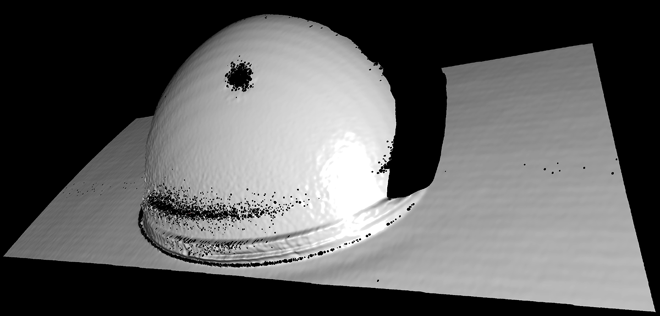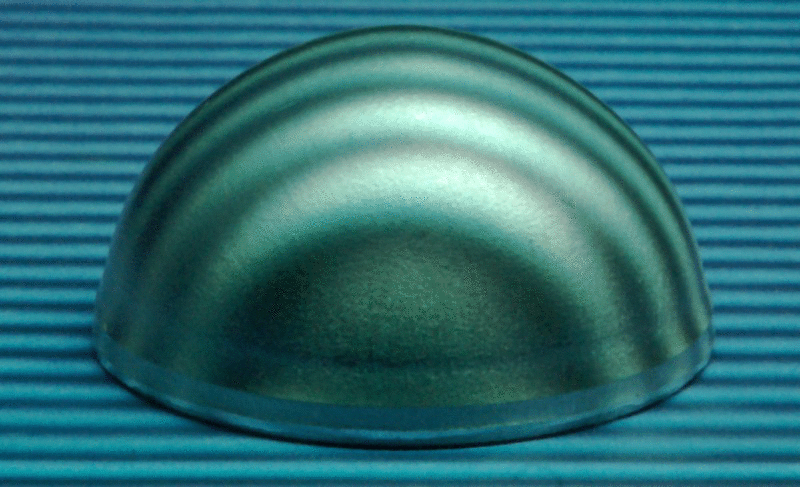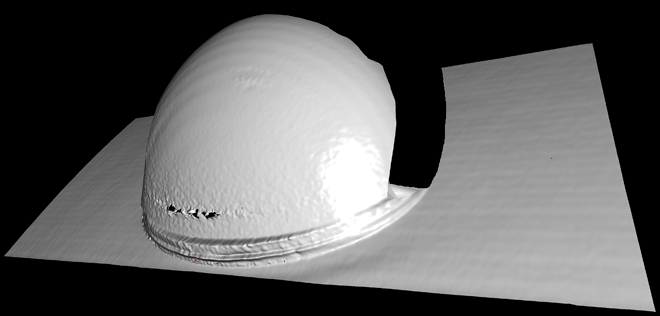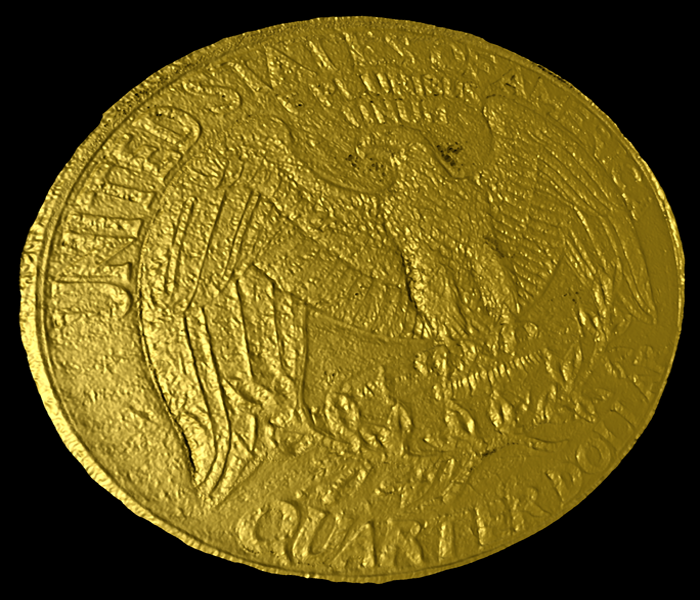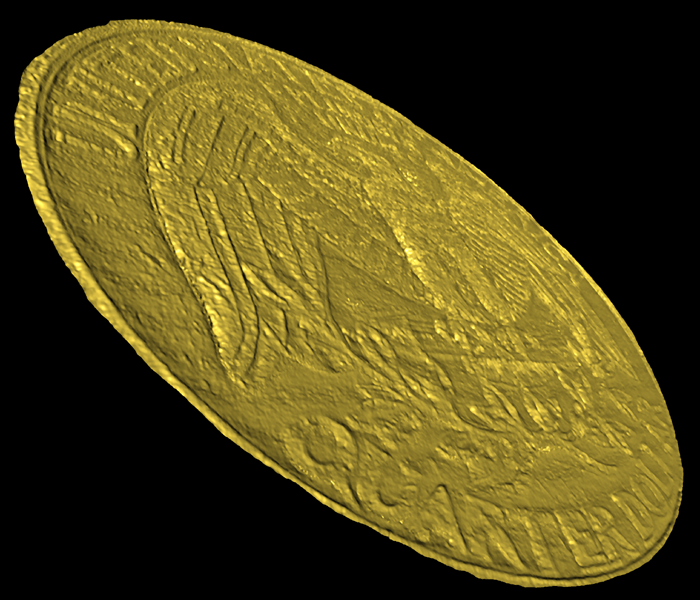3D Scanning in the Presence of Specularities |
Here, we show several examples of 3D scanning in the presence of specularities. In each case, the 3D scanning technique used was phase-shifting of sinusoidal patterns. By clicking on each of the thumbnail images shown below, you can see the corresponding high resolution image.
(Back to Main Project Page) |
| Metal Hemisphere |
Method: Phase-Shifting
|
|
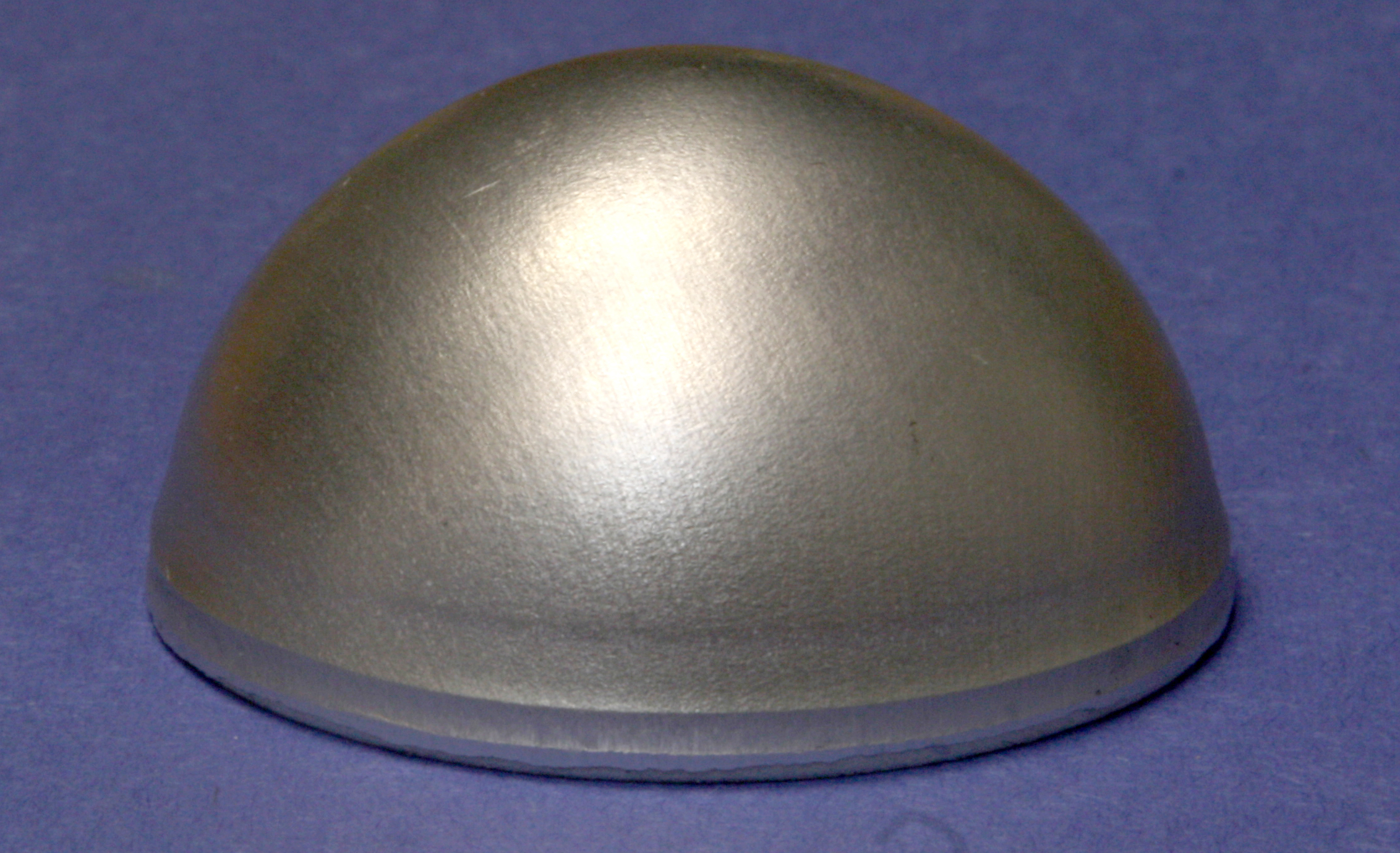 .
Glossy Metal Hemisphere
.
Glossy Metal Hemisphere |
|
.
Input Images
|
.
3D Reconstruction
|
Conventional structured light [large exposure] |
| |
Conventional structured light [medium (best) exposure] |
| |
Conventional structured light [small exposure] |
| |
| Left column shows input images for conventional SL under large (1.6s),
medium (1.0s) and small (0.3s) exposure settings, respectively. Each of these sequences includes strong (saturated)
specularities, dark (noisy) regions, or both. Right column shows the corresponding reconstructed shapes. At high exposures, regions with specular highlights are not
reconstructed due to saturation. At low exposures, some scene regions are too dark to be reconstructed reliably. |
| |
|
.
Input Images
|
.
3D Reconstruction
|
Diffuse structured light [best exposure] |
| |
| With the diffuser, the specularity is spread out and weakened in the input images. Also, the intensity of the points near the base plane is increased. Because of this, a higher quality reconstruction is achieved. |
| |
|
|
| Coin |
Method: Phase-Shifting
|
|
 .
Scene
.
Scene |
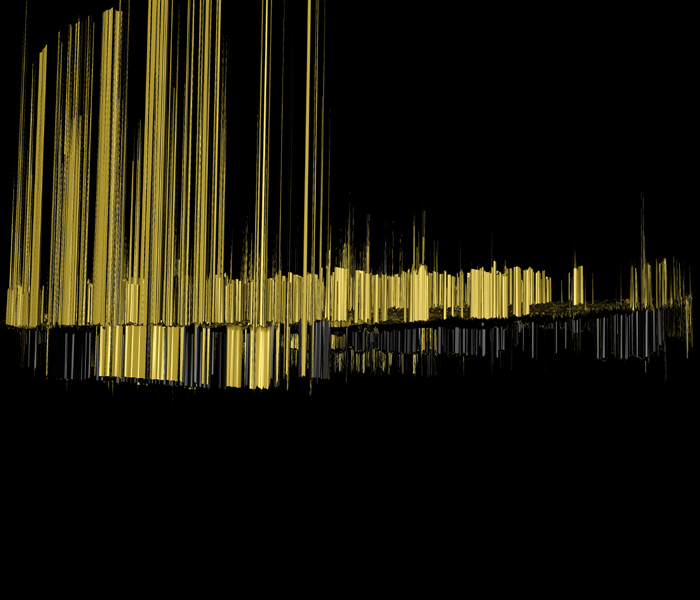 .
Conventional Structured Light
.
Conventional Structured Light |
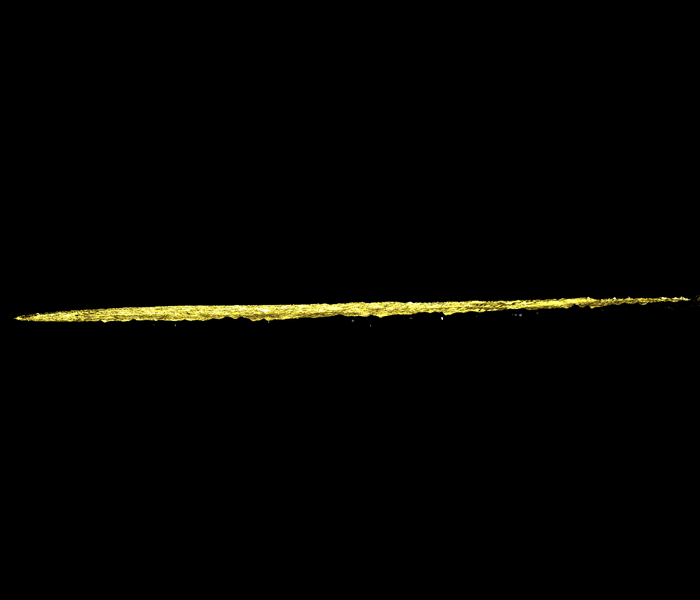 .
Diffuse Structured Light
.
Diffuse Structured Light |
| Reconstructions using best exposures for both conventional and diffuse SL, respectively. Profile views of the reconstructions are shown. Since the coin is specular, conventional SL results in depth errors (large spikes) due to specular highlights and low signal-to-noise ratio. With the same number of input images, diffuse SL produces the correct reconstruction (flat). |
| |
|
Alternate view-point renderings of the reconstructions using diffuse SL. |
| |
|
|
| Earring |
Method: Phase-Shifting
|
|
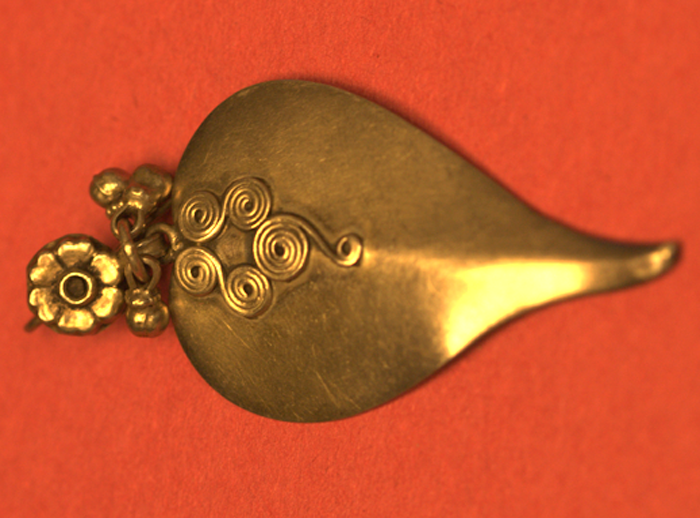 .
Scene
.
Scene |
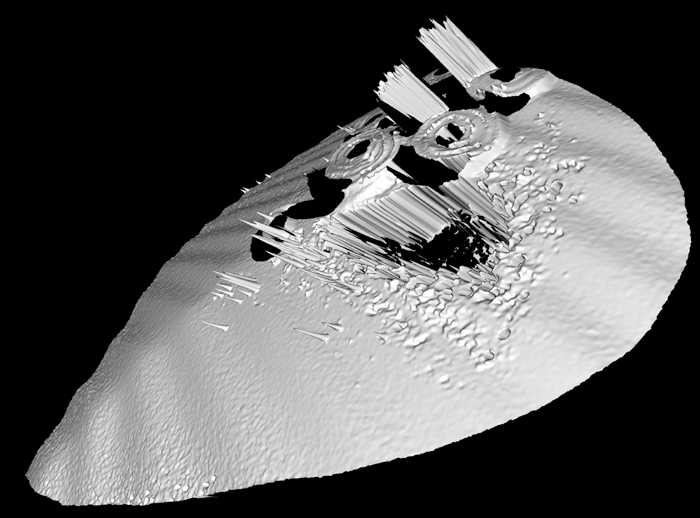 .
Conventional Structured Light
.
Conventional Structured Light |
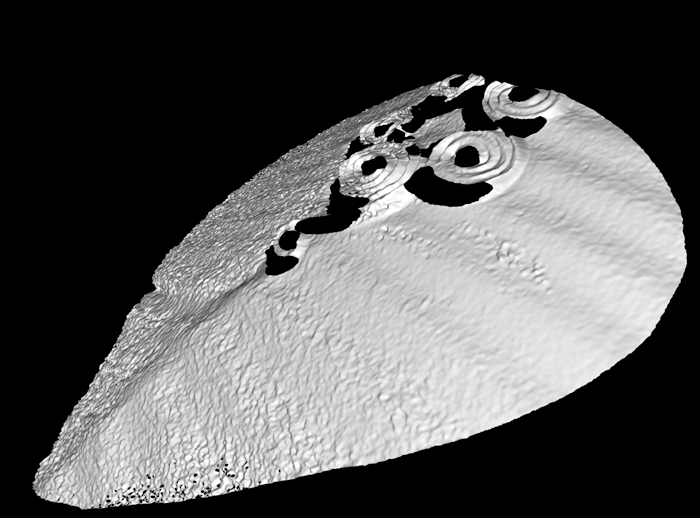 .
Diffuse Structured Light
.
Diffuse Structured Light |
| The earring is made of polished (specular) copper. Reconstructions using best exposures for both conventional and diffuse SL, respectively. Because of specularities, conventional SL results in holes. With the same number of input images, diffuse SL produces a higher quality reconstruction. |
| |
|
|
| Knife Edge |
Method: Phase-Shifting
|
|
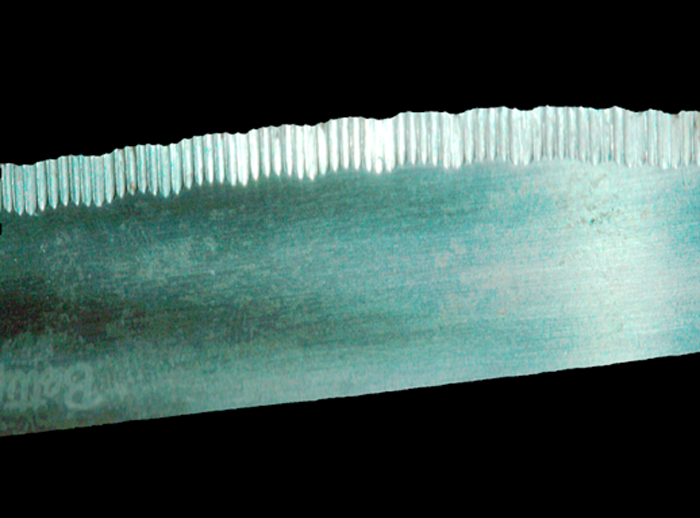 .
Scene
.
Scene |
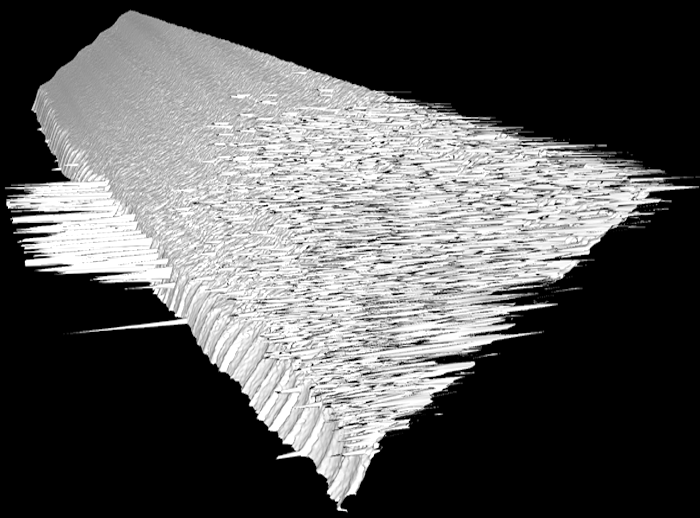 .
Conventional Structured Light
.
Conventional Structured Light |
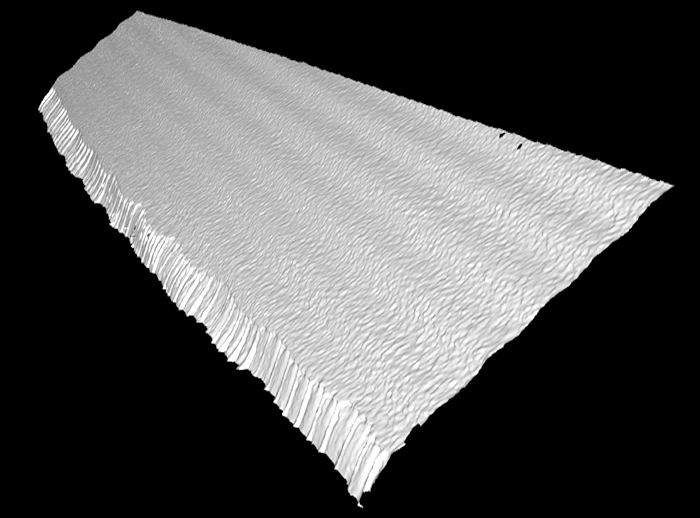 .
Diffuse Structured Light
.
Diffuse Structured Light |
| The knife blade is made of polished stainless steel. Conventional SL results in erroneous reconstructions due to specular highlights and low signal-to-noise ratio. Reconstruction using diffuse SL is nearly error-free. |
| |
|
|
| |
|
